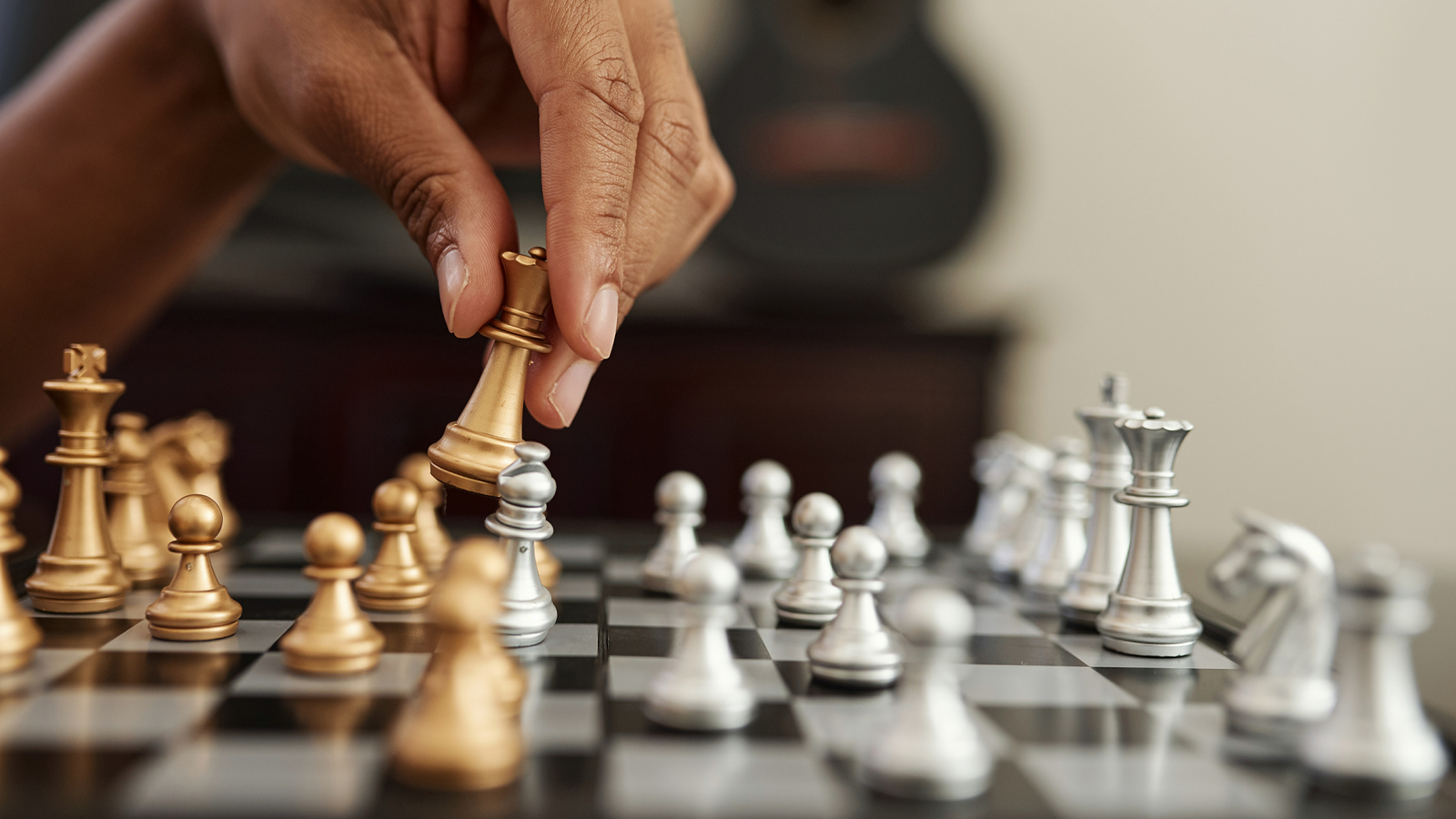How to Play Chess and is chess considered a sport?

How to Play Chess: A Game of Strategy and Mind
Chess is a timeless game of strategy and intellect that has been enjoyed by millions of people across the globe for centuries. Often regarded as the “game of kings,” chess is a two-player board game that challenges your analytical thinking, strategic planning, and tactical acumen. In this article, we will explore the fundamental rules of chess, discuss the basic principles of the game, and also delve into the question of whether chess qualifies as a sport.
Part 1: The Basics of Chess
1. The Chessboard and Setup
Chess is played on an 8x8 grid, which is known as a chessboard. The board consists of 64 squares, alternating between light and dark colors. Players sit opposite each other with the board positioned so that each player has a light square on their right-hand side.
To set up the chessboard:
- Place the rooks (castle pieces) in each corner.
- Place the knights next to the rooks.
- Position the bishops next to the knights.
- Place the queen on the remaining square of her color.
- Put the king beside the queen.
2. The Objective of Chess
The primary objective of chess is to checkmate your opponent’s king. Checkmate occurs when the opponent’s king is under attack (in check) and cannot make a legal move to escape the threat. The player who achieves checkmate wins the game.
3. The Movement of Chess Pieces
- King: The king moves one square in any direction.
- Queen: The queen can move any number of squares in any direction (horizontally, vertically, or diagonally).
- Rook: Rooks can move any number of squares horizontally or vertically.
- Bishop: Bishops can move any number of squares diagonally.
- Knight: Knights move in an L-shape, either two squares in one direction and then one square perpendicular or vice versa.
- Pawn: Pawns move forward one square at a time, but capture diagonally. On their first move, pawns have the option to move forward two squares.
Part 2: Basic Strategies and Tactics
1. Control the Center
Control the center of the board with your pieces allows for greater mobility and control over the game.
2. Development
Bring your pieces out into active positions early in the game, starting with knights and bishops. Castle to protect your king.
3. Pawn Structure
Be mindful of your pawn structure. Avoid creating weaknesses that can be exploited by your opponent.
4. Tactics
Learn common tactics like pins, forks, skewers, and discovered attacks to gain an advantage.
5. Strategy
Develop a long-term plan for your pieces. Consider pawn breaks, piece coordination, and king safety.
Part 3: Is Chess a Sport?
The classification of chess as a sport has been a subject of debate for many years. While chess does not involve physical athleticism like traditional sports, it shares several characteristics that align it with sportsmanship and competitive activities:
-
Mental Skill: Chess requires a high level of mental skill, including strategy, memory, pattern recognition, and concentration.
-
Competition: Chess is played competitively at various levels, from casual games to international tournaments with strict rules and time controls.
-
Sports Organizations: Chess is governed by international organizations like FIDE (Fédération Internationale des Échecs), similar to sports bodies that oversee other games.
-
Olympiad: Chess is featured in the Chess Olympiad, a biennial event where teams from around the world compete, emphasizing its recognition as a sport.
-
Dedication and Training: Top-level chess players devote significant time to training, preparation, and improvement, similar to athletes in other sports.
In conclusion, while chess may not involve physical exertion, it undeniably qualifies as a sport due to its competitive nature, international organization, and the mental skills required for success.
Conclusion
Chess is a game that transcends time and continues to captivate players of all ages. Understanding its basic rules and strategies can provide a lifetime of enjoyment and intellectual stimulation. Furthermore, the debate surrounding its classification as a sport highlights the unique qualities of chess that make it a compelling and respected pursuit, combining mental prowess with the spirit of competition.